Data is the backbone of modern businesses, and the ability to analyze it efficiently can determine success. Automated data analytics offers a revolutionary way to process large datasets quickly and accurately.
By automating routine tasks, this technology saves time, reduces costs, and enhances decision-making capabilities. Whether it’s optimizing workflows, identifying growth opportunities, or improving customer experiences, automated analytics empowers businesses to make informed choices.
In this blog, we’ll delve into how automated data analytics transforms business processes and why it’s essential for staying ahead in a competitive environment.
The Intersection of Data Analytics and Automation in Business
Combining analytics and automation transforms data-driven strategies, enabling faster, more efficient business decisions.
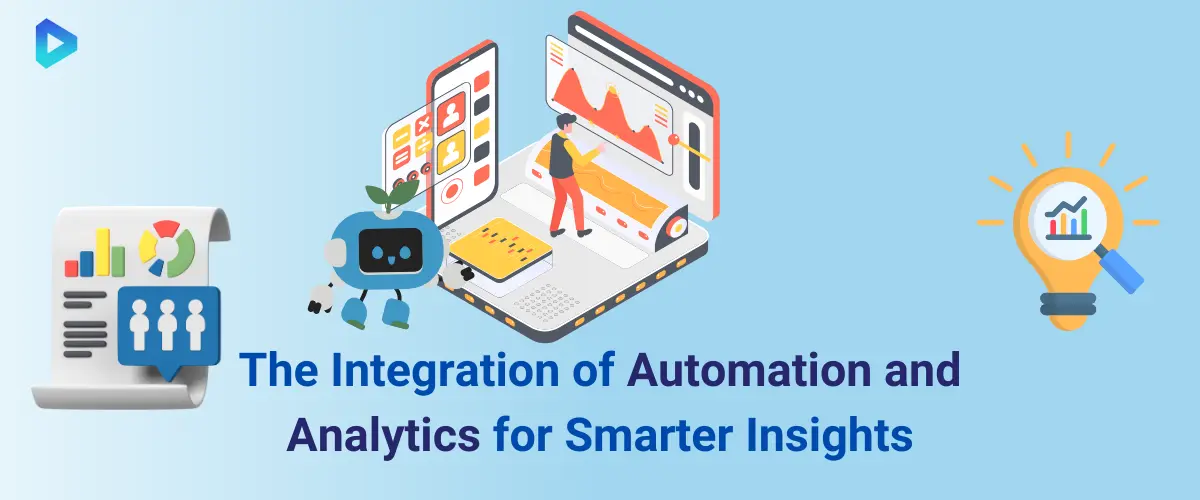 How Data Analytics and Automation Work Together
How Data Analytics and Automation Work Together
Data analytics and automation form a dynamic duo that enhances business intelligence. Automation accelerates data collection, reducing the time spent on manual tasks.
Analytics then interprets this data, offering actionable insights for businesses. Together, they create seamless workflows, allowing organizations to respond quickly to trends and market shifts.
For example, automation can handle data entry while analytics identifies patterns, enabling decision-makers to act proactively. By integrating these processes, businesses not only save time but also increase precision in their operations.
Benefits of Combining Analytics with Automation for Efficiency
The integration of analytics and automation significantly boosts efficiency across industries. Automation minimizes human errors by standardizing repetitive tasks, while analytics provides a deeper understanding of trends and patterns.
This combination improves operational performance, saving time and resources. For instance:
- Streamlined Data Processing: Automation organizes raw data for faster analysis.
- Enhanced Accuracy: Analytics ensures insights are based on precise information.
- Better Resource Allocation: Businesses can focus on strategy rather than manual processes.
Combining these technologies empowers companies to maintain a competitive edge through informed decisions and optimized processes.
Real-World Examples of Automated Data Analytics in Action
Automated data analytics is transforming industries with remarkable applications. In retail, automation collects sales data in real time, while analytics predicts consumer behavior.
Healthcare facilities use automated systems to process patient records, delivering insights that improve care quality. Similarly, logistics companies analyze automated shipment tracking data to enhance delivery routes.
Businesses leveraging these solutions enjoy:
- Faster Decision-Making: Instant insights drive timely actions.
- Cost Savings: Automation reduces operational expenses.
- Improved Outcomes: Analytics tailors solutions to specific challenges.
Such examples highlight how combining analytics with automation revolutionizes data-driven decision-making for modern enterprises.
Transforming Business Insights with Automated Data Analysis
Automated data analysis enhances accuracy and efficiency, empowering businesses to make informed decisions quickly.
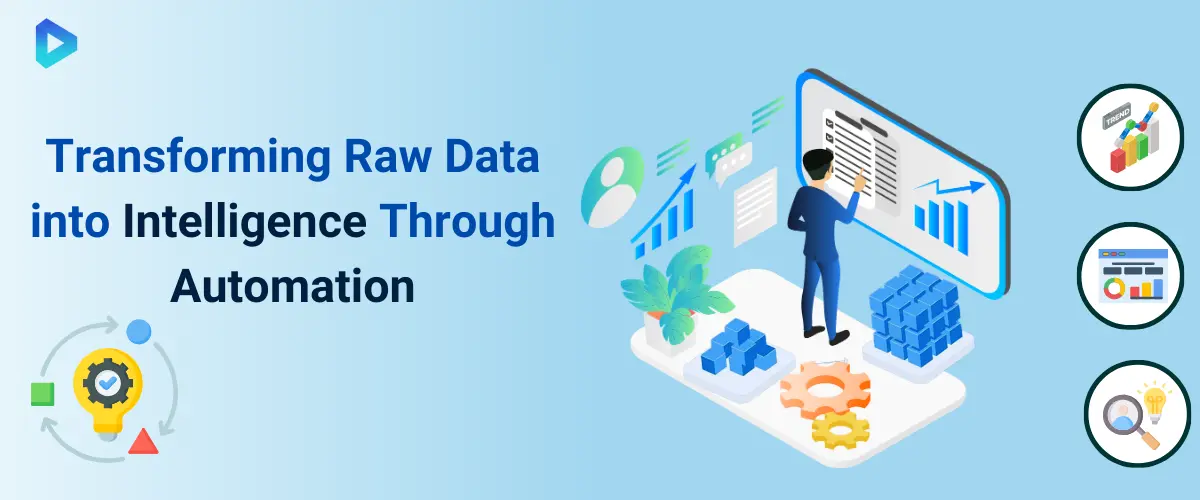 How Automated Data Analysis Saves Time and Resources
How Automated Data Analysis Saves Time and Resources
Automated data analysis streamlines processes by eliminating manual tasks, saving valuable time and reducing costs. Tools automatically collect, organize, and interpret large datasets, allowing teams to focus on strategy instead of labor-intensive data management.
For instance, automation identifies key patterns faster than traditional methods, enabling quicker decisions.
- Accelerated Analysis: Instant results from real-time data processing.
- Cost Efficiency: Reduced reliance on manual interventions lowers operational expenses.
- Improved Productivity: Teams can allocate time to high-priority tasks.
By adopting automated data analysis, organizations gain the agility to respond promptly to market changes and emerging opportunities.
Reducing Errors Through Automation in Data Analysis
Human errors in data handling can lead to costly mistakes. Automation reduces these risks by ensuring data consistency and accuracy. Automated systems validate entries, identify anomalies, and generate precise reports without manual intervention.
Key advantages include:
- Error Detection: Instant identification of inconsistencies in data.
- Reliable Insights: Accurate analysis improves decision-making outcomes.
- Enhanced Compliance: Automation ensures adherence to data standards.
By minimizing errors, businesses not only improve efficiency but also build trust with stakeholders through dependable data-driven decisions.
Overcoming Challenges in Automated Data Analysis Adoption
Adopting automated data analysis presents challenges, but strategic planning mitigates these issues. Common barriers include cost concerns, technical integration, and employee adaptation.
Solutions include:
- Scalable Solutions: Start small and expand automation capabilities.
- Employee Training: Equip teams to leverage new tools effectively.
- Technical Support: Partner with vendors offering robust customer service.
While transitioning to automation may require initial investments, the long-term benefits of enhanced accuracy, efficiency, and decision-making outweigh the hurdles, ensuring a sustainable competitive edge.
Streamlining Workflows Through Analytic Process Automation
Analytic process automation accelerates workflows by integrating analytics and automation for better business efficiency.
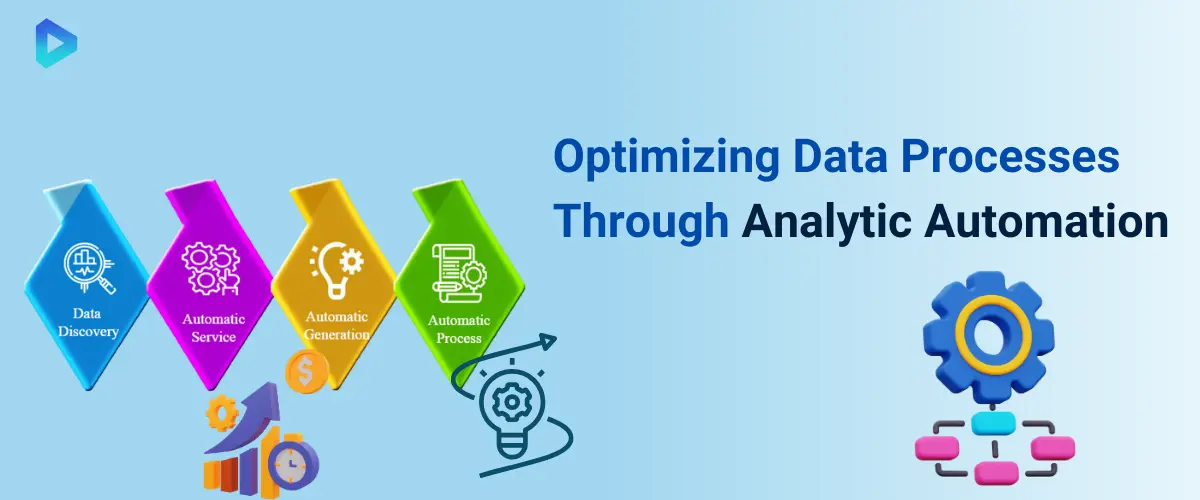 What is Analytic Process Automation and How It Helps?
What is Analytic Process Automation and How It Helps?
Analytic process automation (APA) combines data analytics and automation to streamline business workflows. It eliminates manual data processing by automating repetitive tasks, allowing teams to focus on strategic initiatives.
APA enhances decision-making by integrating advanced analytics into daily operations, ensuring accurate and timely insights.
- Improved Productivity: Automates tedious processes, boosting efficiency.
- Data Integration: Unifies disparate data sources for comprehensive analysis.
- Scalable Solutions: Adapts to the growing needs of businesses.
By implementing APA, organizations can optimize operations, reduce costs, and foster data-driven innovation across departments.
Steps to Implement Analytic Process Automation Successfully
Implementing APA requires careful planning and execution. Follow these steps to ensure a smooth transition:
- Assess Needs: Identify processes that benefit most from automation.
- Choose the Right Tools: Select technologies aligned with business goals.
- Train Employees: Provide training to ensure effective tool usage.
- Integrate Systems: Ensure seamless connectivity between existing systems and APA tools.
- Monitor and Adjust: Continuously evaluate performance for optimization.
Successful implementation fosters improved accuracy, faster workflows, and enhanced decision-making capabilities across the organization.
Tools and Technologies Supporting Analytic Process Automation
Several tools and technologies enable APA by integrating analytics and automation seamlessly.
Key options include:
- Data Analytics Platforms: Tools like Tableau and Power BI offer robust analytical capabilities.
- Automation Software: Solutions like Alteryx and UiPath automate repetitive processes.
- AI Integration: AI-driven tools enhance predictive analytics and decision-making.
- Cloud Solutions: Cloud-based platforms provide scalability and real-time access.
Using these technologies, businesses can unlock the full potential of APA, transforming their workflows into efficient, insight-driven systems.
Gaining Competitive Edge with Automated Data Insights
Automated data insights enable businesses to make fast, data-driven decisions for a competitive edge.
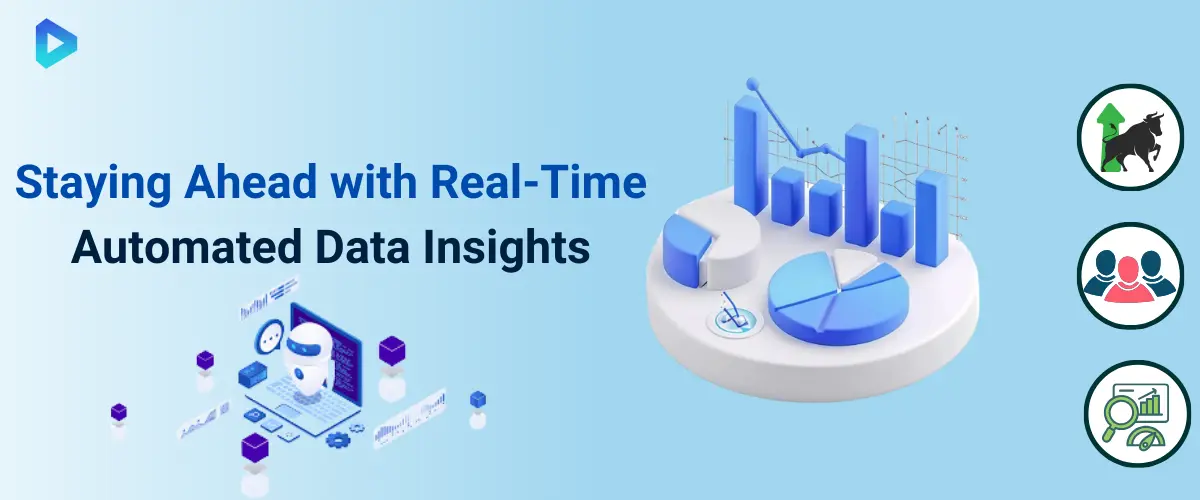 How Automated Insights Drive Smarter Decision-Making
How Automated Insights Drive Smarter Decision-Making
Automated insights improve decision-making by delivering timely and accurate data analysis. Advanced AI tools process vast datasets to identify trends, patterns, and opportunities that traditional methods often miss.
This enables businesses to respond quickly to market changes, forecast demands, and refine their strategies effectively. Companies utilizing automated insights can streamline decision processes and achieve better outcomes, ensuring their competitive position in rapidly evolving industries.
Transforming Raw Data into Actionable Insights Instantly
The ability to convert raw data into actionable insights is crucial for maintaining agility in business operations. Automated systems handle this transformation by organizing and analyzing large volumes of information.
These systems identify key trends and correlations, providing businesses with clear and actionable recommendations. From real-time performance tracking to understanding customer behavior, instant insights empower teams to implement strategies confidently and efficiently, reducing errors and maximizing impact.
Leveraging Insights to Optimize Business Performance
Using automated insights, organizations can identify opportunities to improve processes, reduce inefficiencies, and enhance overall performance. By pinpointing bottlenecks and areas of underperformance, businesses can implement targeted solutions that drive measurable results.
Automated insights also foster a proactive approach to problem-solving, enabling companies to anticipate and address challenges before they escalate. This data-driven optimization leads to better resource management, improved customer satisfaction, and sustainable growth over time.
Leveraging Analytics Automation Cloud for Scalability
Cloud-based analytics automation enables businesses to scale efficiently while streamlining data operations.
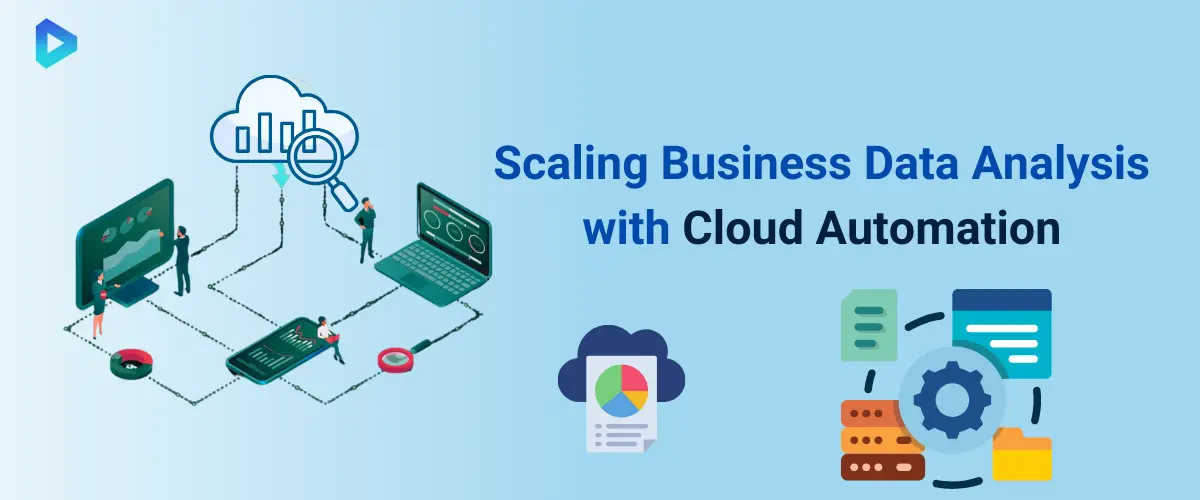 Why Choose Cloud-Based Analytics Automation Solutions?
Why Choose Cloud-Based Analytics Automation Solutions?
Cloud-based analytics automation offers unmatched flexibility, allowing businesses to adapt quickly to changing demands. These solutions eliminate the need for costly infrastructure and maintenance, enabling organizations to focus on analyzing data rather than managing systems.
With real-time access to tools and insights from any location, cloud platforms support collaborative decision-making across teams. Additionally, their security measures ensure that sensitive data remains protected, making cloud-based analytics an ideal choice for businesses of all sizes seeking robust and reliable data solutions.
How Cloud Solutions Enhance Analytics Automation Processes
Cloud platforms elevate analytics automation by providing seamless integration, powerful processing capabilities, and real-time insights. With the ability to handle vast datasets, cloud solutions streamline data collection, processing, and reporting into a cohesive workflow.
Automation tools within the cloud eliminate repetitive tasks, enabling teams to focus on strategic objectives. Moreover, advanced analytics powered by AI and machine learning uncover deeper insights, fostering data-driven innovation. This enhancement ensures faster, more accurate decision-making processes, helping businesses stay competitive in dynamic markets.
Advantages of Scalability with Cloud-Based Analytics Automation
Scalability is a defining advantage of cloud-based analytics automation. Businesses can scale resources up or down based on demand, ensuring cost-effectiveness and operational efficiency.
This flexibility allows organizations to handle fluctuating workloads without disruptions. Additionally, cloud solutions provide seamless upgrades and access to the latest technologies, enabling continuous improvement in analytics processes. By leveraging scalable cloud automation, businesses can expand into new markets, adapt to growth, and maintain high performance, ensuring long-term success in a rapidly evolving data landscape.
Automating Data Analysis Using Artificial Intelligence
AI is transforming the way data analysis is conducted by automating tedious processes and providing faster, more accurate results.
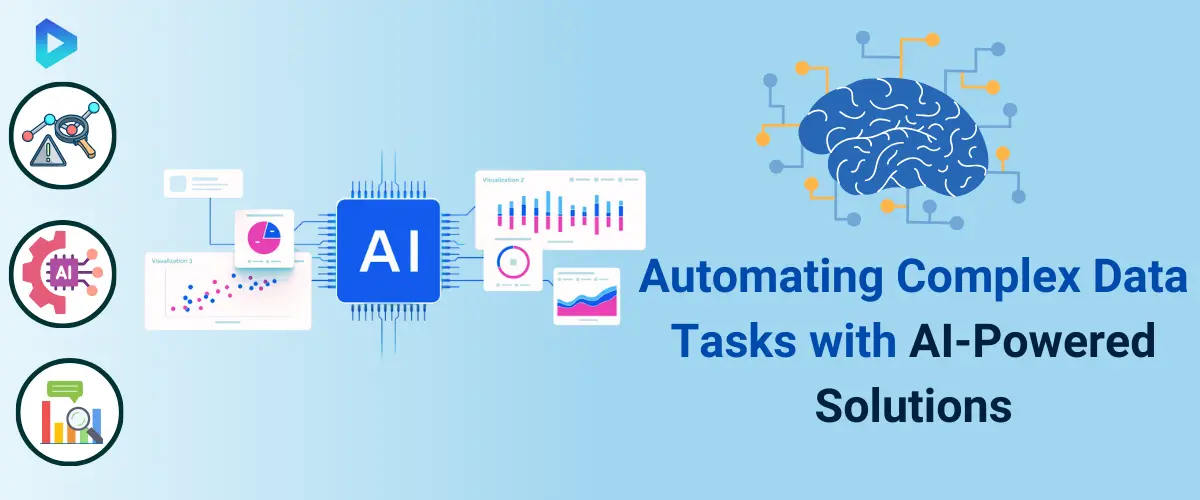 Role of AI in Automating Data Analysis
Role of AI in Automating Data Analysis
Traditional methods of analyzing data often involve time-consuming and error-prone manual processes. AI eliminates these inefficiencies by processing data in real time, identifying patterns, and providing actionable insights with unmatched accuracy.
By integrating machine learning algorithms, businesses can reduce dependency on human intervention, enabling employees to focus on strategic tasks. The result is improved productivity and better decision-making processes. Whether it’s detecting anomalies or forecasting future trends, AI-driven automation ensures that businesses stay ahead in a competitive landscape.
Advanced AI Techniques for Predictive Analytics
Predictive analytics powered by AI enables businesses to anticipate future scenarios with remarkable precision. Advanced techniques such as neural networks and deep learning algorithms process complex datasets to predict outcomes effectively. These models learn from historical data, identifying trends and correlations that can guide business strategies.
For example, AI can forecast market trends, allowing companies to adapt their products or services to meet customer demands. Risk analysis is another area where AI excels, helping organizations mitigate potential challenges before they arise. With AI, predictive analytics moves beyond conventional methods, delivering insights that are both actionable and reliable.
Future Trends in AI-Driven Data Automation
The future of data analysis lies in the continued evolution of AI technologies. Innovations like augmented analytics and edge computing are set to redefine how businesses approach data processing. Augmented analytics will blend human expertise with AI-driven insights, creating a collaborative environment where decision-making is faster and more precise.
Explainable AI is also gaining momentum, addressing the need for transparency in automated processes. This ensures trust and accountability in AI-driven decisions, which is critical for widespread adoption. As these trends take shape, businesses investing in AI-driven data automation will position themselves for sustained success in an increasingly data-centric world.
Best Data Analysis Automation Tools for Businesses
Data analysis automation tools are revolutionizing how businesses process and analyze information. Understanding the essential features, exploring top tools, and choosing the right solution can greatly enhance efficiency and drive growth.
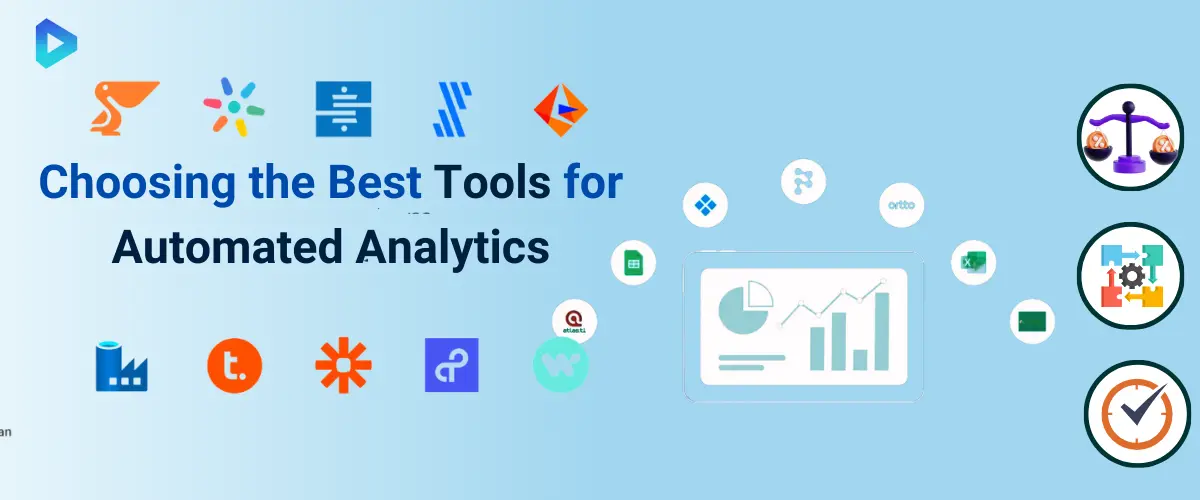 Features to Look for in Automation Tools
Features to Look for in Automation Tools
The right data analysis automation tool should have features that meet your business needs. Integration capabilities are vital, allowing seamless connectivity with platforms like ERP systems, CRM software, and databases. Real-time analytics ensures timely insights for fast decision-making.
Another key feature is advanced visualization, which transforms raw data into easy-to-understand charts and dashboards. Scalability is also essential; the tool should grow with your business and handle increasing data volumes. Security features like encryption and access controls protect sensitive information. Lastly, a user-friendly interface and strong customer support can make adoption easier for your team. These features ensure that the tool delivers maximum value and efficiency.
Popular Tools for Automating Data Analysis
Several tools stand out for automating data analysis, each catering to different business requirements. Power BI is renowned for its integration with Microsoft products and its ability to create detailed reports. Tableau excels in producing interactive and visually engaging dashboards, making it ideal for data storytelling.
For businesses needing advanced machine learning capabilities, Alteryx and RapidMiner offer powerful tools for predictive analytics and workflow automation. Google Data Studio, a free and cloud-based option, provides accessible and real-time insights for businesses of all sizes. Each tool simplifies the data analysis process, helping organizations make timely and informed decisions. Choosing the right tool depends on factors like business size, industry focus, and specific analytical needs.
How to Choose the Right Tool for Your Needs
Choosing the right data analysis automation tool requires aligning features with your business objectives. Start by assessing your data sources—whether structured, unstructured, or a combination—and find a tool that integrates easily with them.
Budget is another important consideration; some tools cater to small businesses with cost-effective solutions, while others offer premium features for larger enterprises. Scalability is critical, ensuring that the tool can handle growing data demands as your business expands.
Evaluate the tool’s user interface; a simple, intuitive design can speed up adoption and reduce training time. Lastly, check for strong customer support and regular updates, as these ensure long-term reliability. A well-chosen tool can transform your data processes, providing insights that drive success.

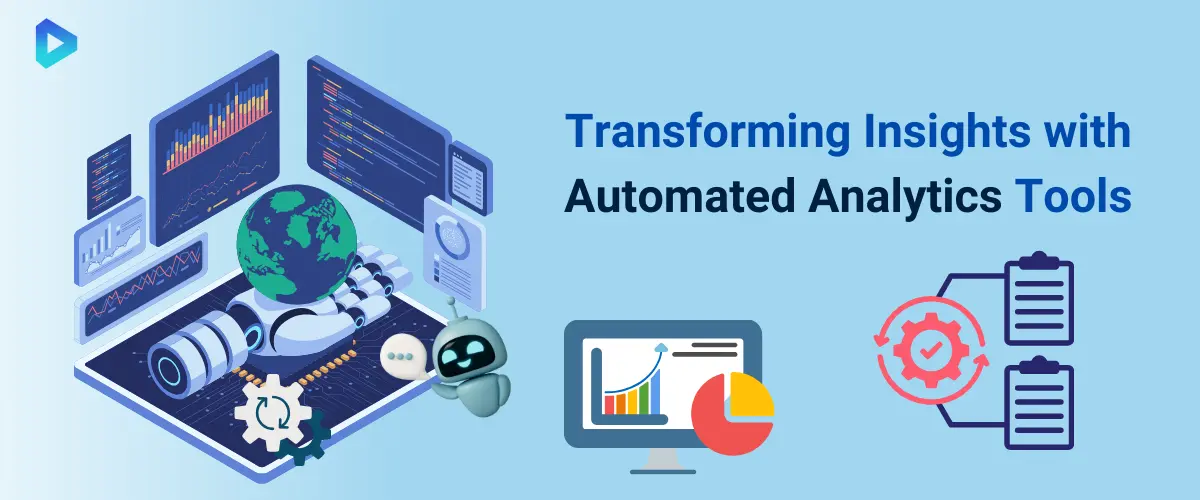

Let's Discuss Your Idea!
Send us your request using the form below.
Contact Info
Our contacts
Thank You!
We will respond to you within 24 hours.